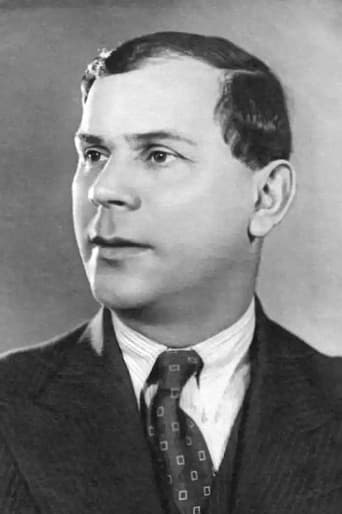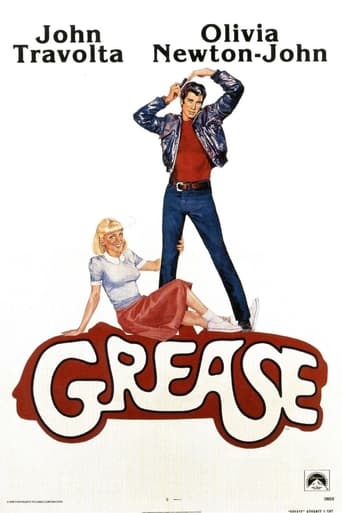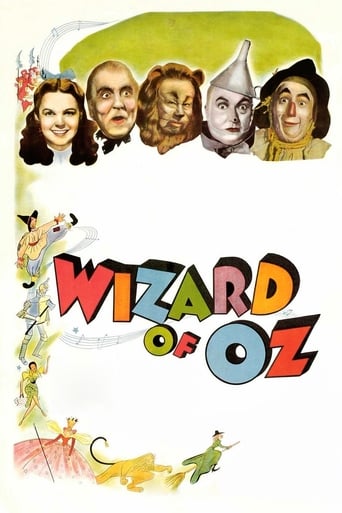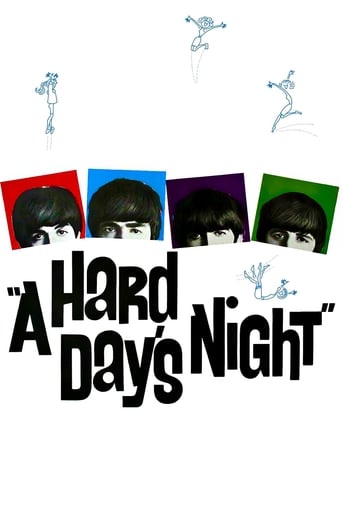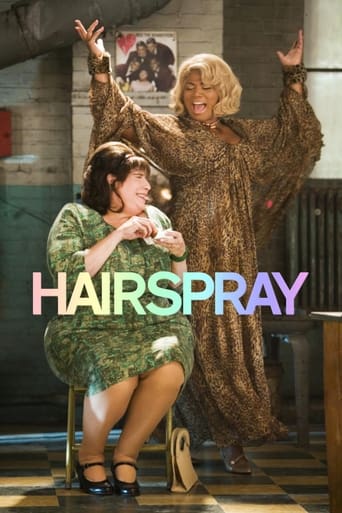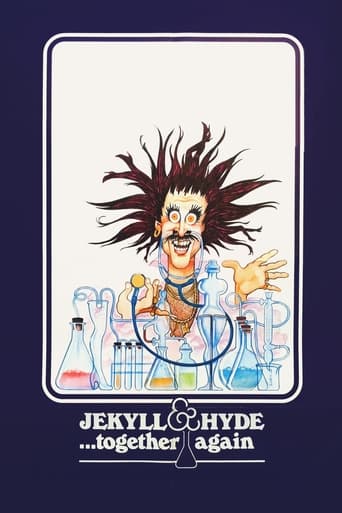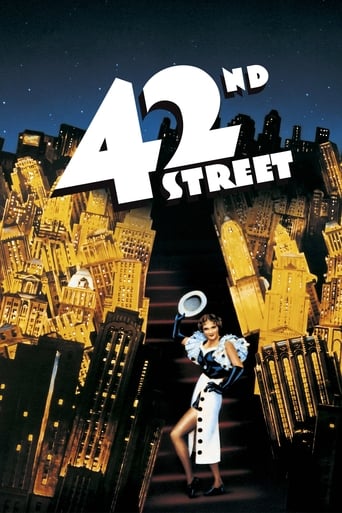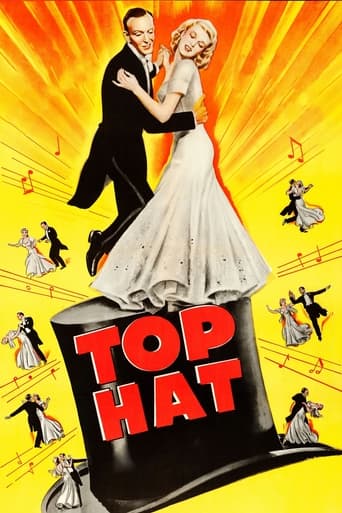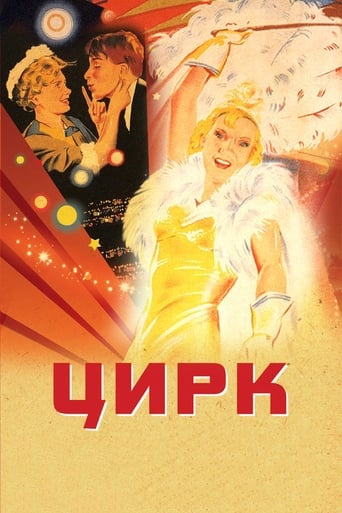
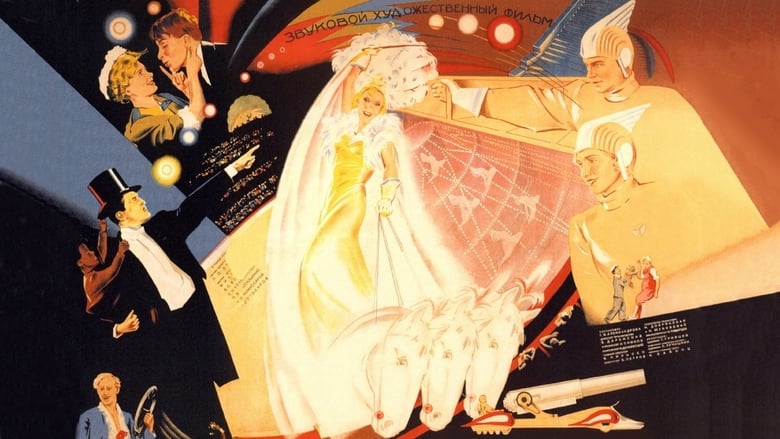
Circus (1936)
An American circus performer finds herself the victim of racism after it is revealed that she's the mother of a mixed-race child. In the midst of the public scandal, she finds happiness, love, and refuge in the USSR.
Watch Trailer
Cast


Similar titles
Reviews
Grigori Aleksandrov co-directed some of the best films by Sergei Eisenstein, "Staroye i novoye", "Oktyabr" and "Que viva Mexico!". He was as much talented as Eisenstein, but with much more sense for genre movies, especially comedy. In his films he blended brave formal devices, a genre narration and a humor, and he did it with a great skill. "Tsirk" is an excellent example of Aleksandrov's style. The film is visually expressive, includes some typical modernistic devices, but with populist aim, some scenes are made in Busby Berkeley way, and so on. Also, "Tsirk" is a great propaganda movie and it tells the truth about American racism of those times, using this for glorification of Soviet Union as a tolerant and progressive society. (In fact, regarding racism, Soviet society of that time really was progressive in comparison with the United States.) Final scenes celebrates Lenin, Marx and Stalin in superb artistic way (a long double exposure is fascinating), and the film glorifies not only Soviet Union, but Soviet Russia, too. In fact, Soviet Russia is adored homeland in the film as a result of Stalin's Russian nationalism.
A Russian musical comedy in the style of 1930's American film greats Busby Berkeley and the like, Grigori Aleksandrov's The Circus translates the socialist realist idiom of "prosperity and happiness being no longer in the future but at hand" (Dmitry Shlapentokh and Vladimir Shlapentokh, Soviet Cinematography 1918-1991 (New York: Aldine De Gruyter, 1993), 99) into a showy spectacle of song and dance. While this superficial structure exudes the optimism intrinsic to Stalinist propaganda, the underlying hostility towards capitalist (specifically German) intolerance makes its social function not only one of entertainment, but also of a call-to-arms, unifying the Soviet collective against any who would dare attack the common man, the weak, or the oppressed. The inherently multi-cultural setting of a traveling circus allows issues of state relations and symbolism to be smoothly incorporated into the thematic material of the narrative, while the characterization of German (cruel, greedy, intolerant, and remarkably Hitleresque), American (young, naïve), and Russian (strong, faceless) archetypes on the advent of World War II leaves little doubt as to the film's pointedly propagandistic nature.After barely escaping the bigotry of her fellow Americans, circus performer Marion Dixon travels to Europe where she works for a German named Von Kneishitz. He is continually greedy and cruel, assuring Marion's fidelity by repeatedly threatening to expose the scandal which drove her from her homeland: she is the mother of a "black" child. While performing in Moscow, she meets and falls in love with a Soviet soldier/performer (a poster-child of Stalinist propaganda) named Martynov. Through a series of humorous misadventures, she decides to abandon her Western past and join her lover in the joys of Soviet life. When Von Kneishitz attempts to thwart this endeavor by exposing her secret to the entire big-top, the Soviet audience (composed of representatives from each republic within the union) derides the German for his elitism, embracing both Marion and her son. The film ends with the audience (representing the Soviet collective) marching out in full form with Marion and son in tow, singing a vow to uphold Soviet ideology and to fight mercilessly anyone seeking to harm the people under Soviet charge.This impressively potent ending visually eradicates any separation between the individual characters in the film and the marching collective (a truly terrifying effect given its pre-war locale), and indicates that an optimistic or entertainment reading is an oversimplification of this film and underestimation of its director, a favorite pupil of master filmmaker Sergei Eisenstein (Deborah Young, "The Circus," review of The Circus, by Grigori Aleksandrov. Variety Movie Reviews, August 21, 2007, 27). By dissolving not only the Soviet people but also the "convert to socialism" Marion Dixon into the army of the collective, Aleksandrov is positing an ideology of inclusion (Beth Holmgren, "The Blue Angel and Blackface: Redeeming Entertainment in Aleksandrov's Circus," The Russian Review 66 (2007): 22) wherein anyone from any nation who values the ideals of tolerance, love, and faithfulness can find sanctity and protection in the arms of the Great Soviet State. Here, while the American populace is indirectly demonized in the films opening, the victimized Marion can raise her son without fear of judgment or injury. The primary contrast in ideologies, therefore, is not between Soviet socialism and American democracy, but between German nationalism (Aryan Supremacism) and the rest of mankind. If each of the three main characters (Marion, Martynov, and Von Kneishitz) is seen as a symbol of their respective ideology, the implication of the narrative is markedly different. Aleksandrov shows that in time, democracy will be won over to socialism, and the only truly incompatible enemy is therefore intolerance (or elitism). What makes the film all the more impacting is the accuracy of this prediction; America is becoming more and more socialistic, and those same enemies are the two strongest pejoratives used today: "intolerance," and "elitism".Personally I found the film to be well worth the time, although much of the humor is lost because of translation. The version I saw was also very poorly subtitled, which made it nearly impossible for viewers with no knowledge of Russian language to follow not only what was said (some sections were devoid of translation) but also who was saying it (the subtitles did not appear on screen as the words were spoken, making the speaker's identity uncertain). The musical numbers are great, and the few gags that do survive the language barrier are funny enough. However, the ending motif was so terrifying that I wouldn't recommend this film to anyone seeking a purely light-hearted film, unless of course the film were given a purely absurdist reading, mocking the notion of Soviet Russia as tolerant. Such a reading, however, requires a certain level of both, well, intolerance and elitism.
This is definitely a propaganda film in Russia. I would say the main theme is unity. Mary is an American who is performing in a Russian circus. Throughout the film Mary starts to become more and more Russian as the time goes on. In the end Von Kneishitz (the German) is chasing after Mary's baby (who is half-black) and show the Russians that the star, Mary, whom they've all been cheering for is less than human so to speak. The Russians don't care, in fact they say, "Who cares?" Their culture is all one and there isn't any differences between the people. This film came out before WWII and definitely sets up the Germans as the bad guys. Overall this movie was entertaining. It's interesting to see a propaganda film but the storyline was quite weak.
It's easy as an American to view this film as a piece of propaganda, but I'm sure there are films from the same time period that are just as heavy handed, in fact some of the films being released today are just as self righteous and absurd. One thing that I found interesting was how this film tackled the issue of white women having black children, this certainly was not happening in America at the time. The film has a unique sense of humor that may not hold up well today, but it does have its moments, The Russian Superman was my favorite. It is also a good movie to compare to American musicals of the time such as 42nd Street, except with a Russian twist.



